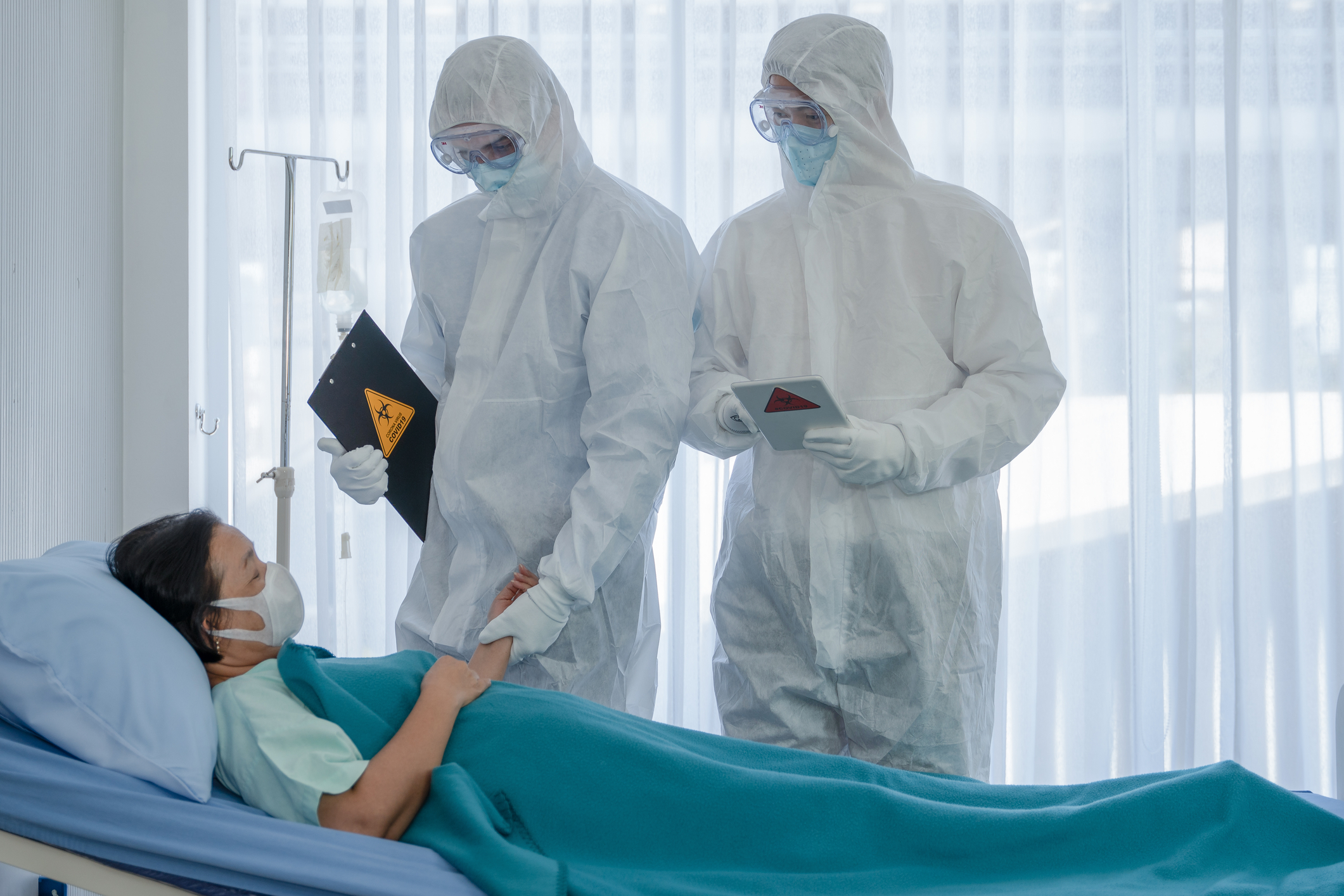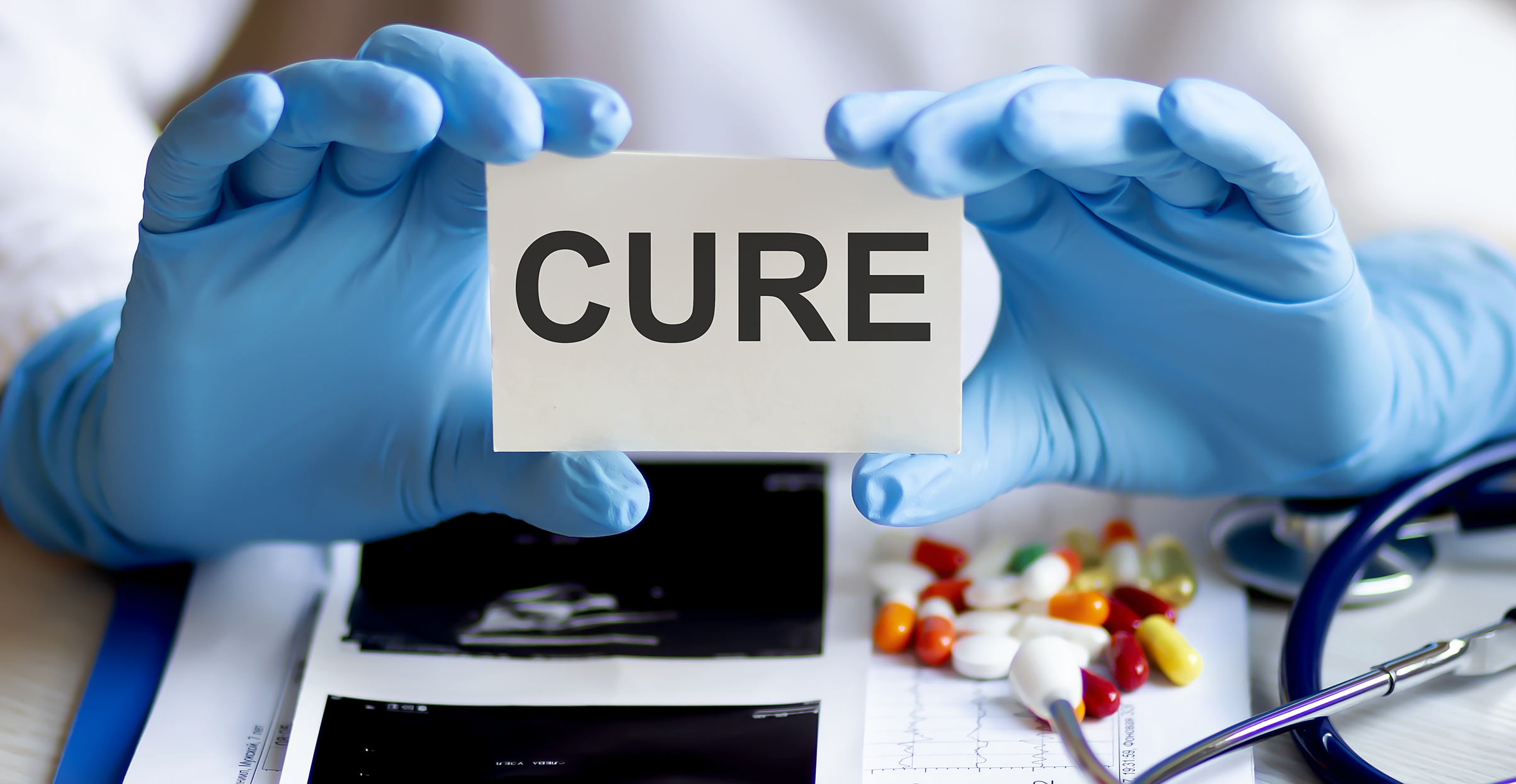Flesh Eating Disease; How To Know If You Have Necrotizing Fasciitis
Early Treatment Is Critical

Due to the rapid progression of necrotizing fasciitis as well as how deadly the infection can become, early treatment is critical. Thus, patients with a wound - whether a cut or other injury or from surgery - who exhibit early symptoms should consult a doctor as soon as possible. It is better to be safe than sorry!
Though early treatment is critical, an accurate diagnosis may not come right away. Since necrotizing fasciitis is rare, doctors will often eliminate other possibilities first. The good news, however, is the patient will already be in the presence of a doctor when they reach the final diagnosis, so treatment can then begin immediately.
Antibiotics And Surgery Are The Keys To Treatment

According to the Centers for Disease Control and Prevention (CDC), the two major parts of treatment for necrotizing fasciitis are antibiotics and surgical intervention. The doctor will administer strong antibiotics to the patients intravenously (through an IV). Since the antibiotics may not be able to reach all of the infected tissue given how necrotizing fasciitis destroys tissue and reduces blood flow, surgery often closely follows and is often critical in effectively curing the infection.
Surgery to treat necrotizing fasciitis is called surgical debridement, which means the doctor will surgically remove the dead and infected tissue. This allows healthy tissue to avoid becoming infected and to heal the previously infected area more effectively. Most patients will require more than one surgical debridement, often three with twelve to thirty-six hours between each, to remove all of the infected tissue. However, the timing and effectiveness of the initial debridement is the major indicator of the overall success in treating necrotizing fasciitis.
